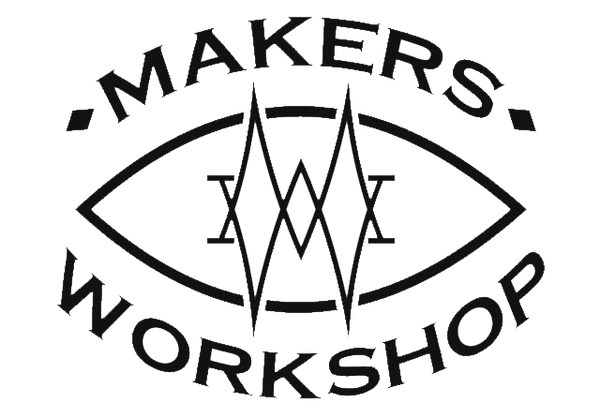Like most of the world we have needed to switch over to remote school for the spring. As part of this I have been trying to lace my daughter’s day with some shop activities to keep her engaged. I decided to merge shop class and Home Economics and help her make a tortillas press.
First we picked out a chunk of walnut to make up the bulk of the press. Obviously, this could be done with any hardwood, but we were feeling like getting a little bit fancy.
I had Sara cut the board in half using the bandsaw so the result was 2 identical pieces. From there we cut one of them to be 3 inches shorter than the other, and kept the cuttoff to be used as a frame for the pressing mechanism.
To make this I split in half lengthwise. By doing this, the frame for the mechanism fists perfectly onto the 3 inch ledge.
Then I cut a piece of ¼ inch cherry. This will be used to add some thickness to the spot the handle was going to press against. Then, we sketched a line down the center of the larger of the two walnut slabs and used a caliper to find the exact thickness of the walnut. Using the center line I drew, I sketched out the location for two notches. The notches are the thickness of the walnut by half the thickness of the long skinny pieces.
Sara slipped the aforementioned skinny pieces into place and traced where I needed to sketch the next notch. It slipped perfectly together.
Then Sara sanded everything to prep it for the wood glue. After the gluing, I helped her clamp it up so it could dry overnight. We also glued on the cherry bumper piece during this stage so it could dry overnight as well.
The next day, we took off the clamps and sanded off the excess glue with a sanding sponge and a random orbital sander.
I then made some wood putty with some wood glue and some of the walnut sawdust to squish into any open gaps. This also needed to dry overnight and then be sanded off.
To add a nice edge, we used the router table to get a nice edge on 3 sides of the top press piece.
Next, we sketched out a shape for the handle of the press. It needed to be wide enough on one end to make enough contact with the cherry bumper. The shape was roughly cut into shape on the bandsaw. It was then sanded down into the final shape.
